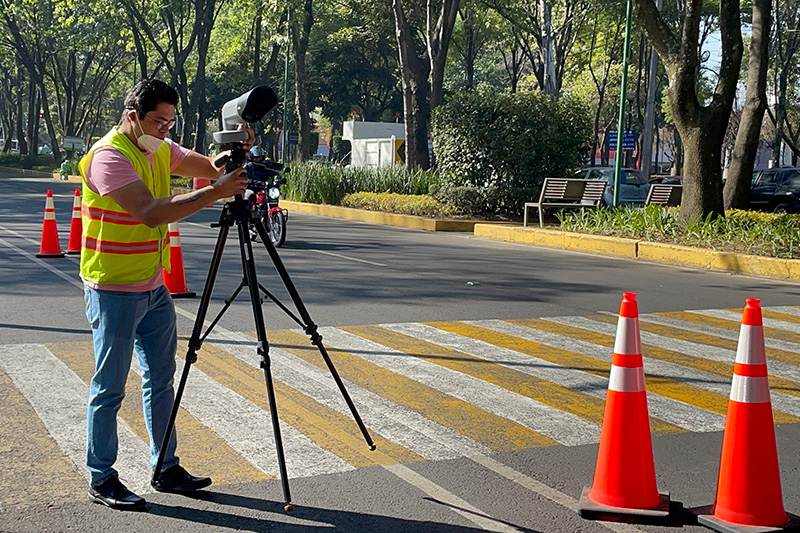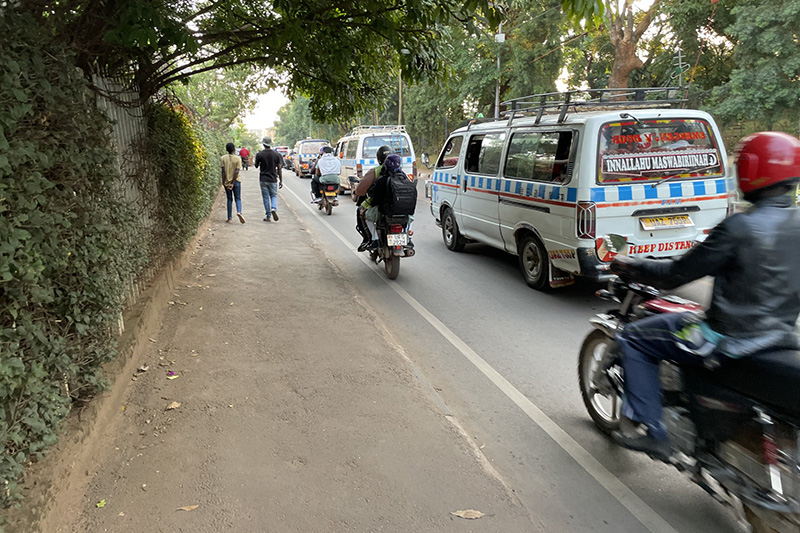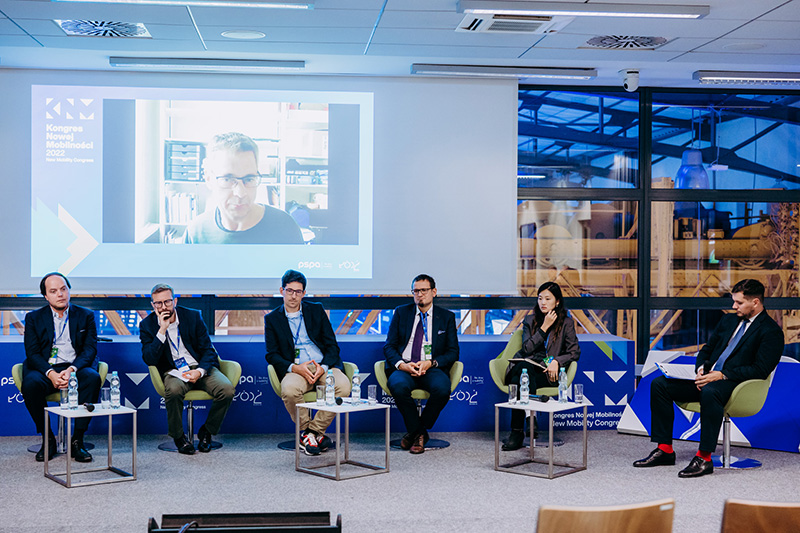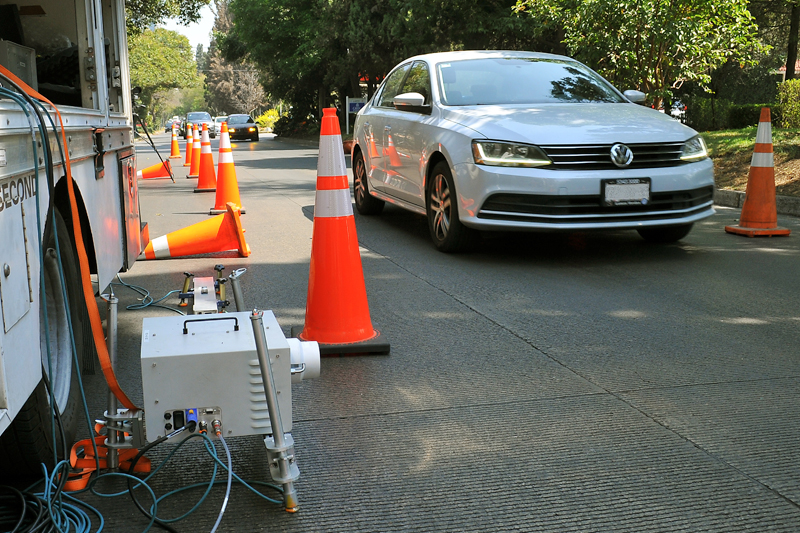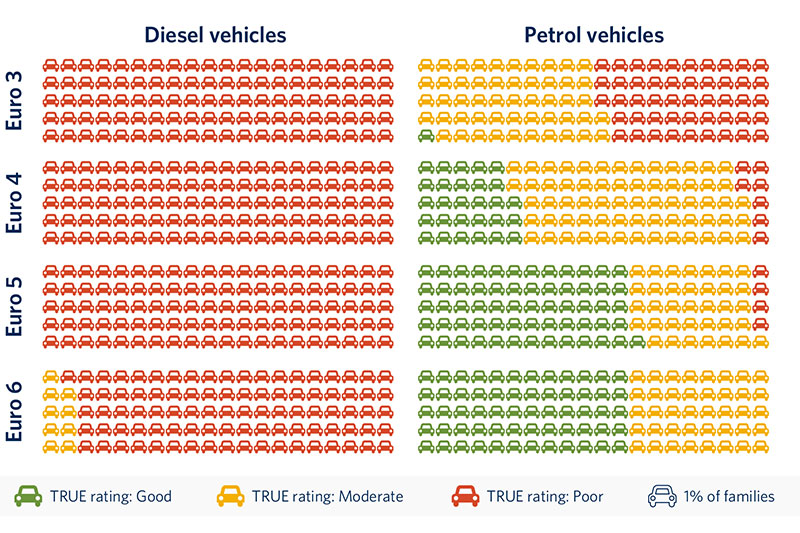First-ever roadside remote sensing study launches in Johannesburg, South Africa
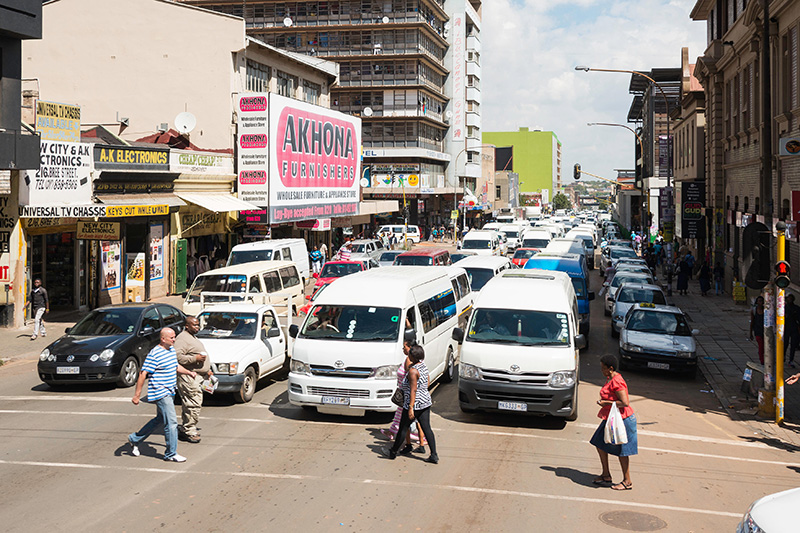
The TRUE Initiative kicked off its second African campaign, the first to use roadside remote sensing technology, in Johannesburg, South Africa.
The largest city in South Africa, Johannesburg, faces severe air quality challenges and subsequent public health burdens. While caused by a number of factors, foremost among them is vehicle pollution, which accounts for over 75% of the city’s nitrogen dioxide emissions. The city government is well positioned and eager to combat these problems, but lacking a comprehensive picture of the region’s road transport and its real-world emissions has proved challenging.
A new TRUE Initiative study, in partnership with Breathe Cities, aims to collect detailed vehicle emissions data in Johannesburg and the Greater Gauteng Region for the first time. This real-world data will be vital for city policymakers as they explore potential solutions to improve emissions across the metropolitan area and more broadly. In particular, the comprehensive data will be used to inform the need and development of policies such as clean air zones and advanced vehicle emission standards.
This project additionally aims to develop local expertise in vehicle emissions testing to support future monitoring efforts and make the data accessible to a greater number of stakeholders.
“The launch of the TRUE Initiative in Johannesburg marks a major step in our clean air journey”, says Musa Mahlatji, head of air quality management for the City of Johannesburg. “Through programmes like Breathe Johannesburg and our upcoming clean air zone, we are taking bold, evidence-based action to reduce vehicle emissions and protect the health of our communities. TRUE gives us the real-world data we need to shape impactful policy and deliver cleaner streets for all of our residents.”
The TRUE Initiative’s first campaign on the African continent, in Kampala, Uganda, utilized ‘plume-chasing’ to capture real-world emissions data, revealing alarming levels of pollution levels in the capital. In this Johannesburg campaign, roadside remote sensing equipment, which uses a light source and detector placed beside the roadway to measure tailpipe emissions, will capture a larger number of vehicles at sites across the city of Johannesburg and the Greater Gauteng Region. The testing campaign aims to measure emissions from over 100,000 vehicles ranging in size and fuel type.
To kick off the campaign, earlier this month the TRUE Initiative hosted a remote sensing workshop with local partners, including the City of Johannesburg and the University of Johannesburg Process, Energy, and Environmental Technology Station (UJ PEETS). Local and national policymakers from Johannesburg and the surrounding region were invited to learn about the basics of remote sensing technology and its real-world applications. OPUS Remote Sensing, the technology contractor for this campaign, trained staff from UJ PEETS and city officials on how to operate the remote sensing equipment and interpret the results. Following this workshop, UJ PEETS hosted a campaign launch event with key stakeholders and members of the media, who together observed the capture of vehicle measurements in real time using the roadside equipment.
“Partnering with ICCT, COJ, and Breathe Cities on the TRUE Initiative marks a major step for air quality innovation and local capacity building in Johannesburg,” said Boitemogelo Kwakwa, project leader for UJ PEETS. “We are actively involved in deploying advanced remote sensing tech, gaining direct experience in emissions monitoring and analysis. We're also driving uptake by sharing insights with local stakeholders and policymakers to ensure data leads to real, actionable change.”
On-the-ground testing will aim to wrap up by the end of September and a full report is expected mid next year. With this Johannesburg project underway, the TRUE Initiative continues to build its African emissions database and have greater insight into how emissions vary from country to country in the region. As many countries seek to update their emissions standards, real-world data will be essential in modeling a roadmap forward.

